2014 was a very good year for the No Kill movement. Here are five of some of the most significant achievements this past year:

—We’re here to save animals. And so the most important achievement is the fact that they are being saved. How far has the movement come? My walk through an airport a couple of months ago on the way to New York tells the story. On layover, I noticed one of the gate monitors for a flight going to Marquette, MI, a community with a 97% save rate. At the next gate was a flight going to Duluth, MN, a community with a 95% save rate. Then I passed another: Saulte Ste. Marie, MI, with a 97% save rate. From my arrival gate to my departure gate, I walked by five gates of flights traveling to communities with save rates of 90% or better, with Ithaca, NY and St. Paul, MN, at 90%, rounding them out. (If you also include Cortland, that is six.) A couple of decades ago, that number would have essentially been zero. Today, there are hundreds, with over seven million people living in those communities.

—Of course, while we celebrate shelters that have achieved save rates of 90% are more, we can no longer accept the fiction that it signifies the achievement of a No Kill community. Admittedly, I have been guilty of commingling the two—90% and No Kill—and we shouldn’t. The goal is to end the killing of all animals who are not suffering, and that includes all the animals still falling through the safety net in those communities with a 90% plus save rate, often large, exuberant dogs, shy cats, wildlife, and species of companion animals who are not dogs and cats such as rabbits, rodents and reptiles. But in 2014, shelters claiming the No Kill mantel are increasingly recognizing that the individual is paramount and are embracing a No Kill policy for all species of animals entering shelters, undoing the movement’s singular preoccupation with only dogs and cats.
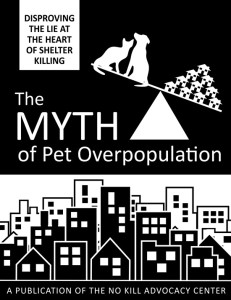
—In an announcement to attendees at its annual conference, the Humane Society of the United States admitted pet overpopulation is a myth, that we can adopt our way out of killing, and that shelters need only change their policies to do so. Since so much of the killing in shelters flows from shelter intransigence, pitiful adoption efforts, and the excuse of pet overpopulation, HSUS’ admission brings that killing one step closer to oblivion.
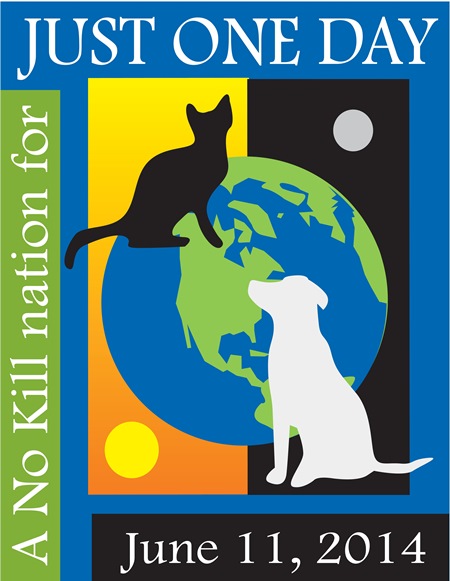
—With the announcement of campaigns like the Million Cat Challenge, No Kill firmly enters the mainstream as not only are more voices jumping on the No Kill train, but formerly critical voices are, making it even easier for historically regressive shelters to do the same. As I wrote 10 years ago, “the more successful this effort is, the more No Kill will shift from being personality based (a result of the efforts of individual leaders) to becoming institutionalized.” We are seeing that happen.
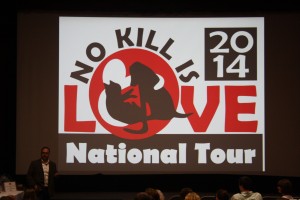
—No Kill is Love hits the nation. With dozens of cities and more than 5,000 people reached, Redemption, the film, changes hearts and minds across the nation. Look for its release on DVD/Amazon download in a couple of months: www.nokill.org
Of course, with any year, it also had its down sides. Here are some of the most notable ones:

—While their mass slaughter of healthy animals is not new, PETA was caught on surveillance stealing a “healthy and happy” beloved dog in order to kill her. If there is a silver line, it is the hope that this is the beginning of the end for PETA’s systematic slaughter of animals.

—Former ASPCA CEO Ed Sayres, the architect of killing over 100,000 animals since his own killing of Oreo, an abused dog, is hired as the mouthpiece of the puppy mill industry. We ignore pretenders in our midst at the animals’ peril.
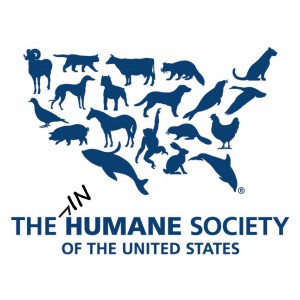
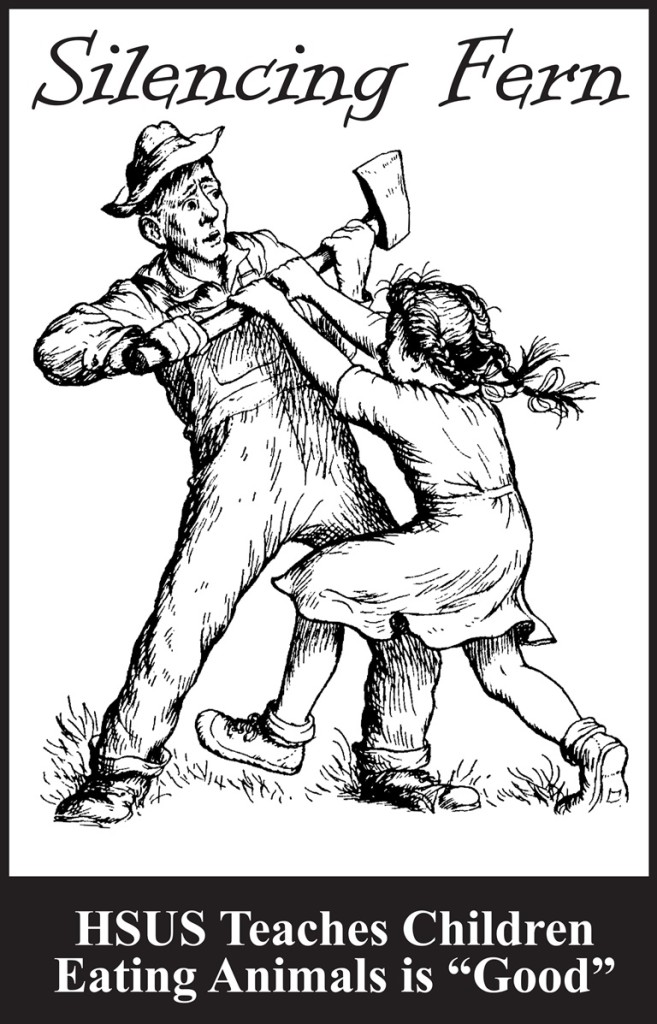
—It’s always one step forward, two steps backward for HSUS. On the issue of farmed animals, they’ve taken an enormous step backward, going so far as to celebrate and pay for people to kill and eat animals.
Despite these setbacks, all in all, it was a remarkable year and marks a major step forward. Let’s work to make 2015 even better. Together, not only will we save lives; but we will create a future where every animal will be respected and cherished, and where every individual life will be protected and revered.
Happy new year.
————-
Have a comment? Join the discussion by clicking here.